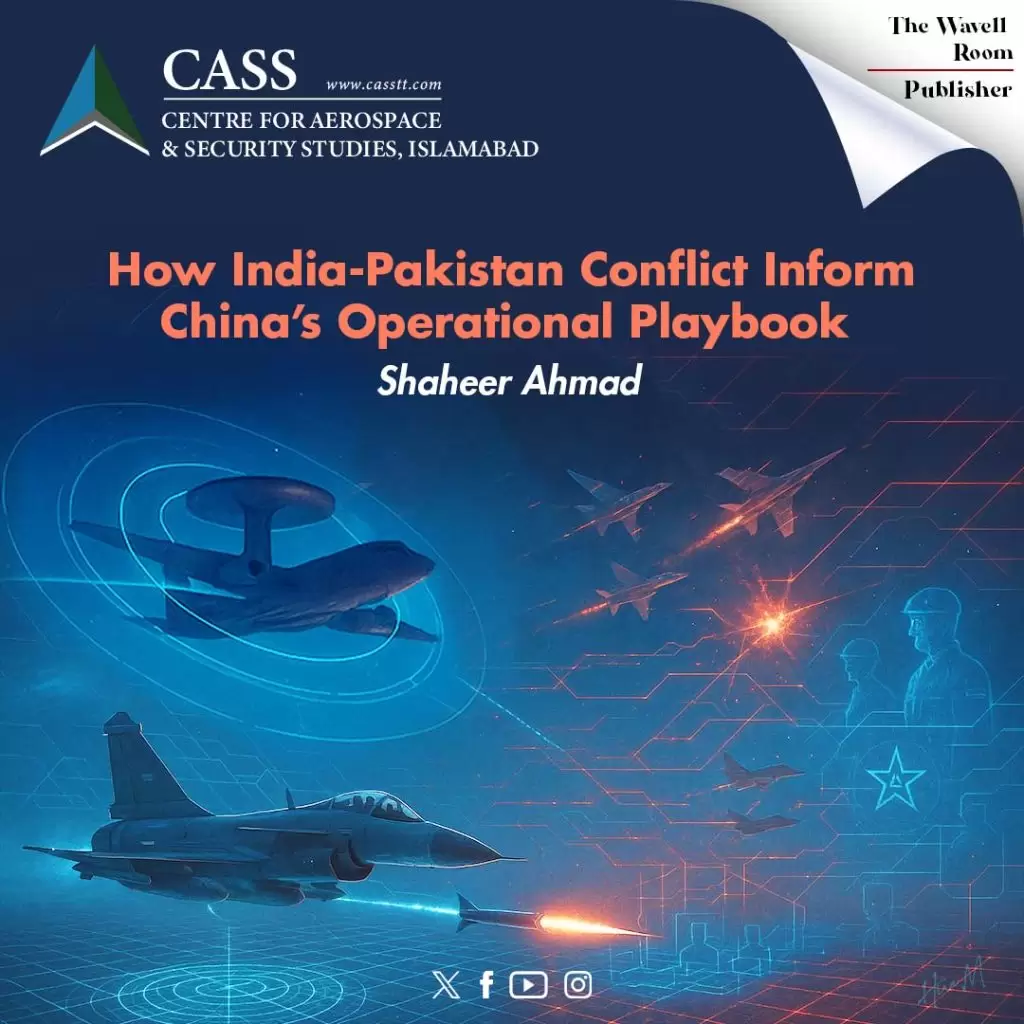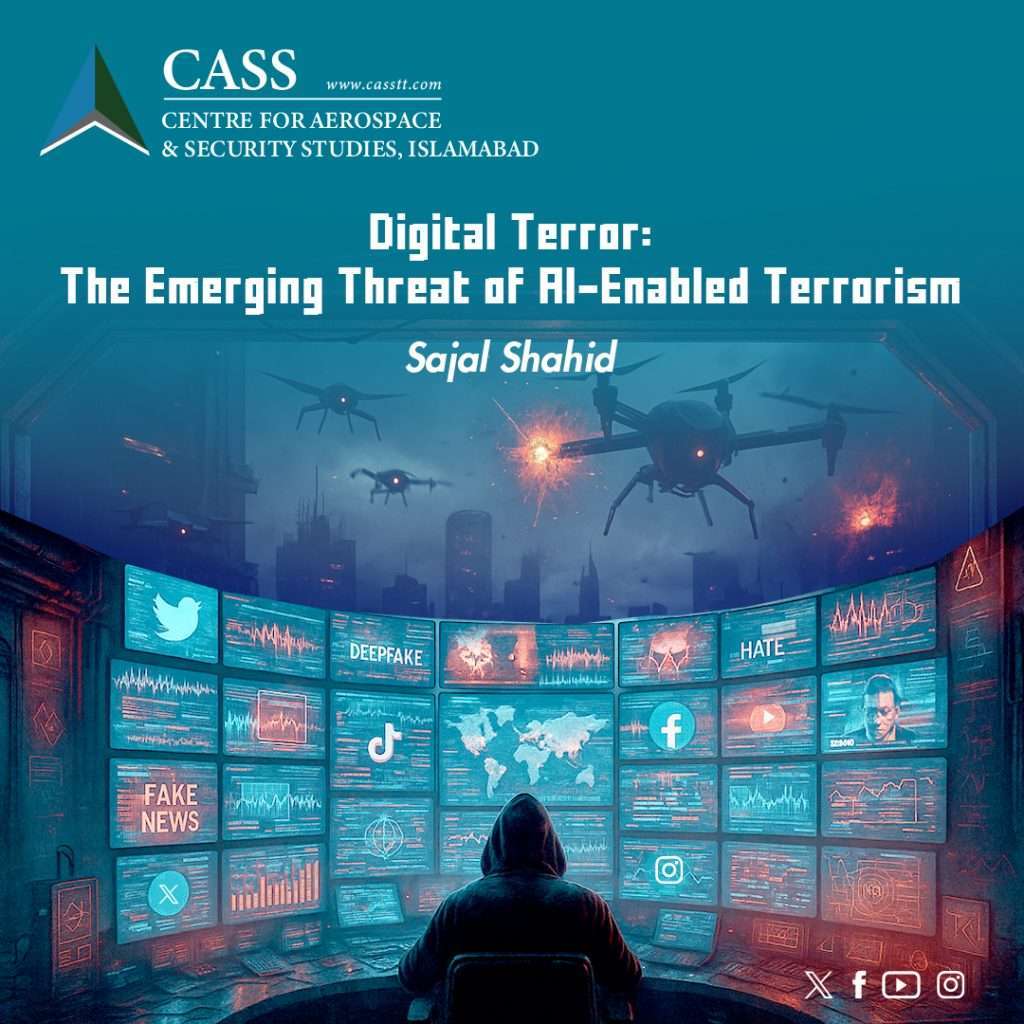Trump 2.0 is proving consequential for long-standing alliances and multilateral security frameworks. Early this year, the U.S. Secretary of State Marco Rubio spelled out three questions to evaluate the durability and relevance of traditional US alliances under Trump 2.0: Does it make America safer? Does it make America stronger? And does it make America more prosperous? With the transatlantic relationship in difficulties, some are beginning to wonder if Quad might suffer a fate similar to that of NATO.
In contrast to NATO, Trump’s approach to the Quad has been largely cooperative rather than antagonistic. As his first foreign policy initiative, Rubio hosted a Quad Foreign Ministers meeting in January and the joint communiqué called for ‘strengthening regional maritime, economic and technology security in the face of increasing threats’ in the Asia-Pacific region. Soon after taking office, Secretary of Defense Pete Hegseth quickly reaffirmed US commitments in calls with his Australian and Japanese counterparts, Richard Marles and Nakatani Gen.
Trump 2.0 is poised to continue strengthening the Quad for four strategic reasons. First, Trump’s main contention against multilateral groupings and alliances is their overt dependency to the point of draining US resources and power. Member countries, Japan, Australia, and India, appear more inclined to cooperate than merely bandwagon. Second, despite the Trump Administration’s unpredictability, the Cabinet has consistently adopted a realpolitik and hawkish stance toward China’s regional influence. While European allies may be losing strategic relevance with tensions easing in Eastern Europe, the China factor is likely to sustain US engagement in the Asia-Pacific. Third, the enormous geoeconomic potential of the Asia-Pacific would deter US disengagement from the region. Being a hub of global supply chains, the region constitutes two-thirds of the global economy. Additionally, it channelises USD 900 billion worth of foreign direct investment into the US and supports over 3 million American jobs. Although Quad is mainly a military-centric grouping, it would enable continued US presence to secure its geoeconomic dividends in the long run. Fourth, as emerging blocs like BRICS reshape the global balance of power, Trump cannot afford to alienate key allies under the banner of his ‘America First’ policy. His administration has already threatened BRICS nations with 100% tariffs should they continue efforts to dedollarise the global economy. To counter this, the Trump administration is likely to reinforce the Quad, not only to deepen strategic ties, but also to dilute India’s influence within BRICS and sow internal divisions within the bloc.
Given that Quad is likely to endure, it remains to be seen if Trump is going to reconfigure it away from its earlier makeup. In the 2024 Wilmington Declaration, Biden elevated the group from a mere military-centric organisation to a broad-based security provider with renewed focus on human security and emerging technologies for socioeconomic development.
In the backdrop of the Sino-US tech war, Trump is likely to increase Biden-era inaugural funding of USD 7.5 million for Quad countries’ joint research in AI, robotics and sensors. However, he may be more inclined towards militarisation of emerging technologies and revert to overtly geopolitical makeup of Quad, rather than paying heed to its human security aspects. This is demonstrated by his administration’s renewed push to provide high-tech submarines to the Australian Navy and a USSD 5 billion upgrade of its critical naval infrastructure under the AUKUS alliance.
That said, the Quad’s geopolitical vitality could be constrained by internal fault lines. A fragmented containment strategy, where member states pursue conflicting approaches to China, risks eroding the bloc’s strategic unity and effectiveness. For instance, some members – especially India – might not align with Trump’s overtly militaristic containment of China. This is the reason why he could revive ‘Squad’ – an alternative setup replacing India with Philippines while keeping the other members intact. Importantly, the presence of informal alliances like Quad, Squad and AUKUS lacks uniformity and a solid institutional basis to counter the formidable influence of China.
Moreover, the transatlantic rupture might have instilled a sense of uncertainty among Asian allies that US security guarantees cannot be trusted to shape their long-term foreign policy choices. In the advent of a full-fledged war with China, will the US continue supporting its regional allies, or – following the Ukrainian war playbook – pivot away from them? The allure of China’s economic initiatives like Digital Silk Road and Regional Comprehensive Economic Partnership (RCEP) could be too hard to resist for regional countries in the long run, creating fissures in the Quad’s rigid military alignment.
Regardless of the ambivalence being triggered by Trump 2.0, the Quad is likely to persist as a major contour in US’s Asia-Pacific strategy. With Russia-US rapprochement on the cards, Trump is likely to focus on shoring up regional partners to counterbalance China’s gains in the region. However, Asian allies have no choice but to wonder: how long before they face the same neglect as Washington’s European allies?
Shah Muhammad is a Research Assistant at the Centre for Aerospace & Security Studies (CASS), Islamabad, Pakistan. The article was first published in Modern Diplomacy. He can be reached at: [email protected].





